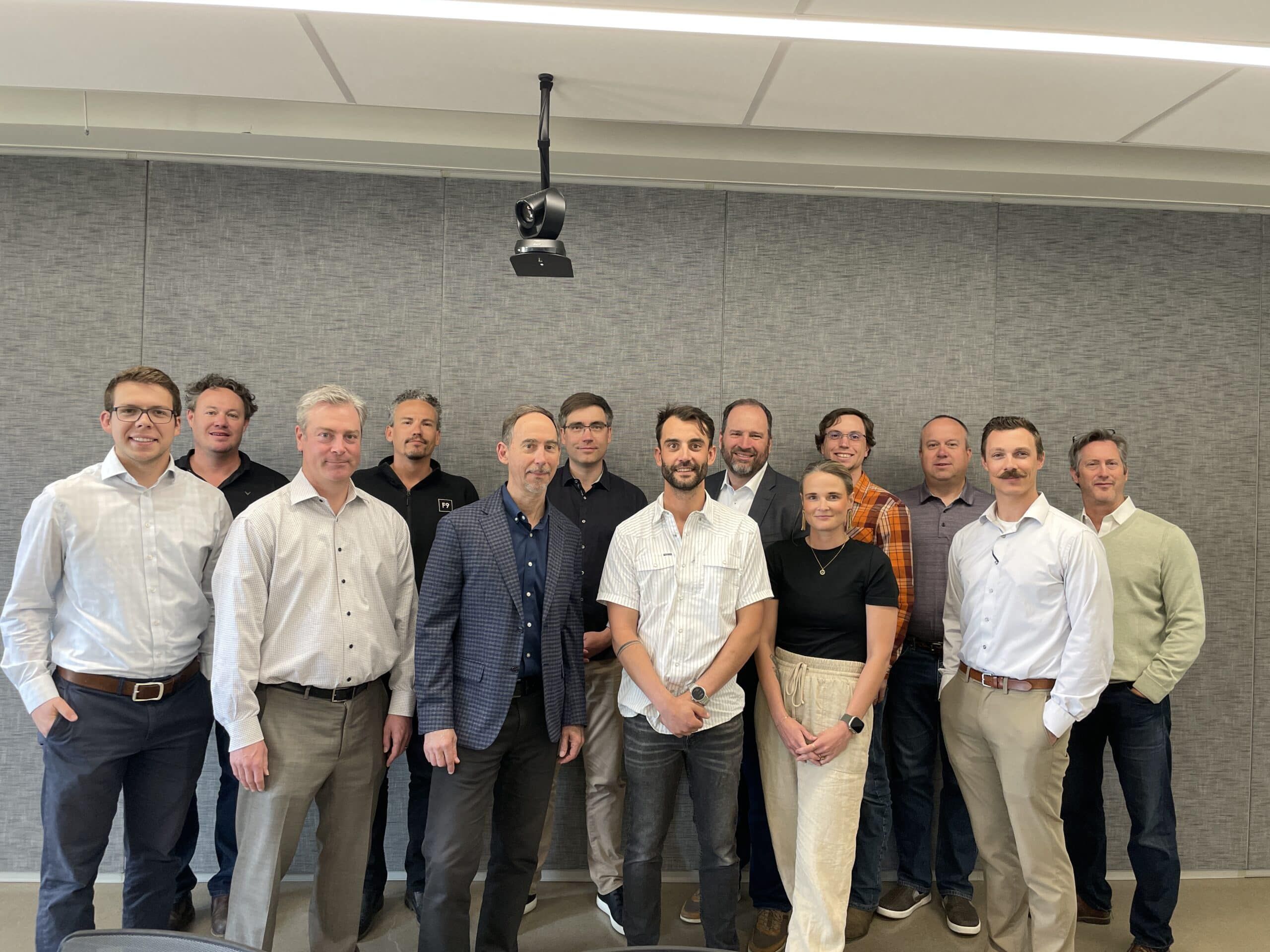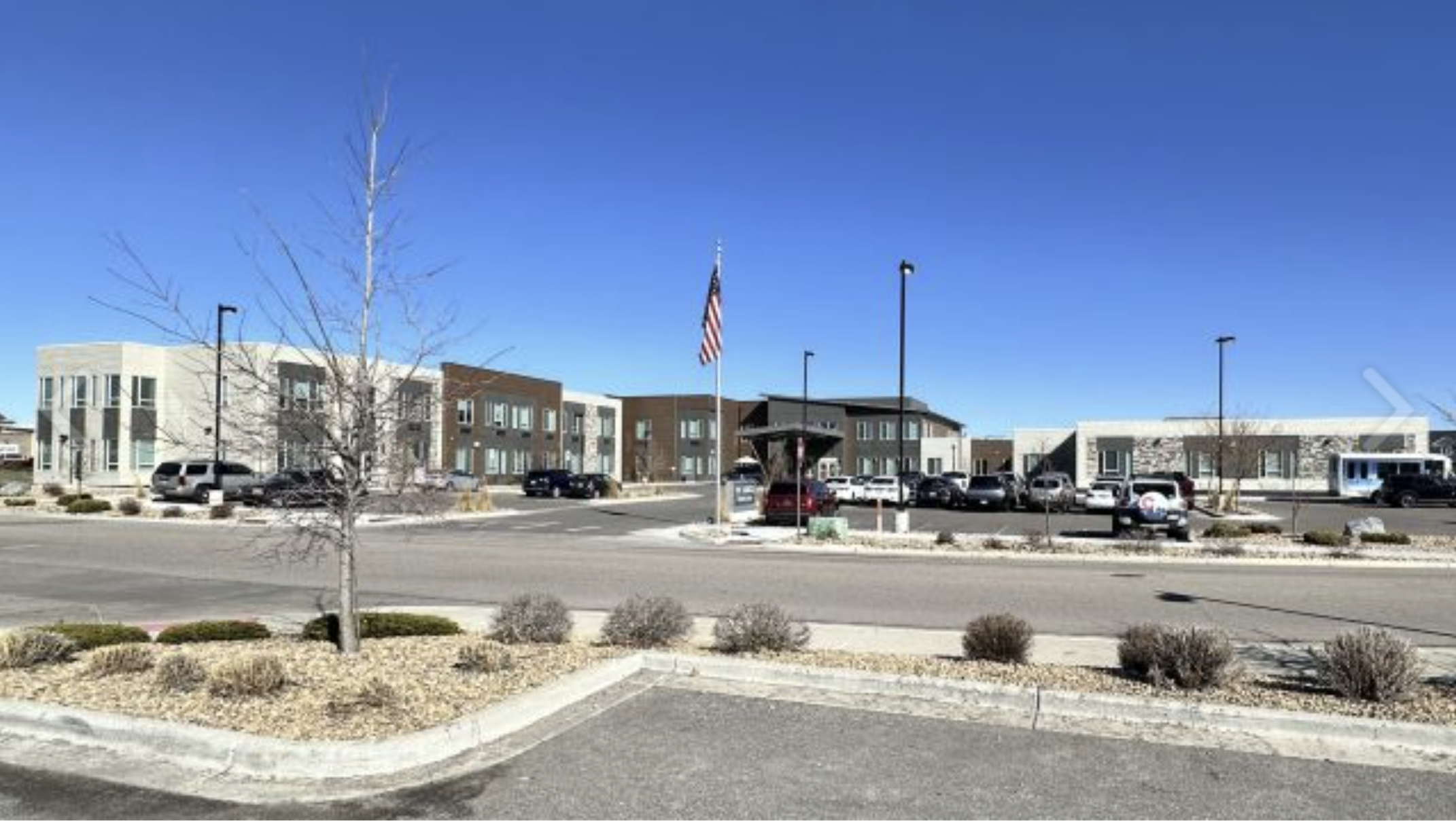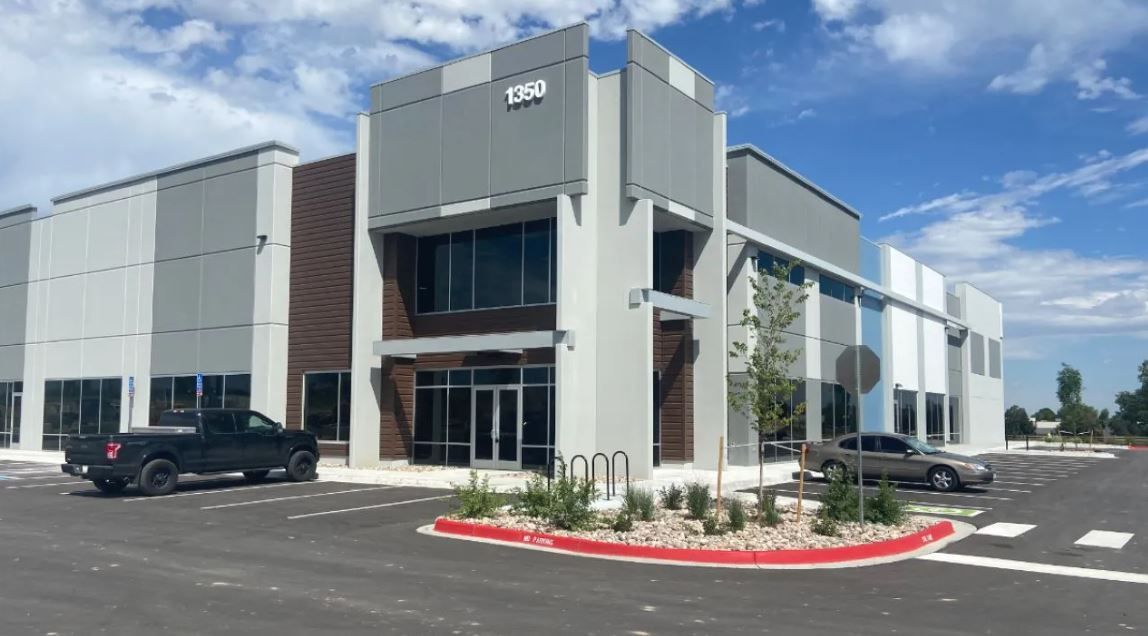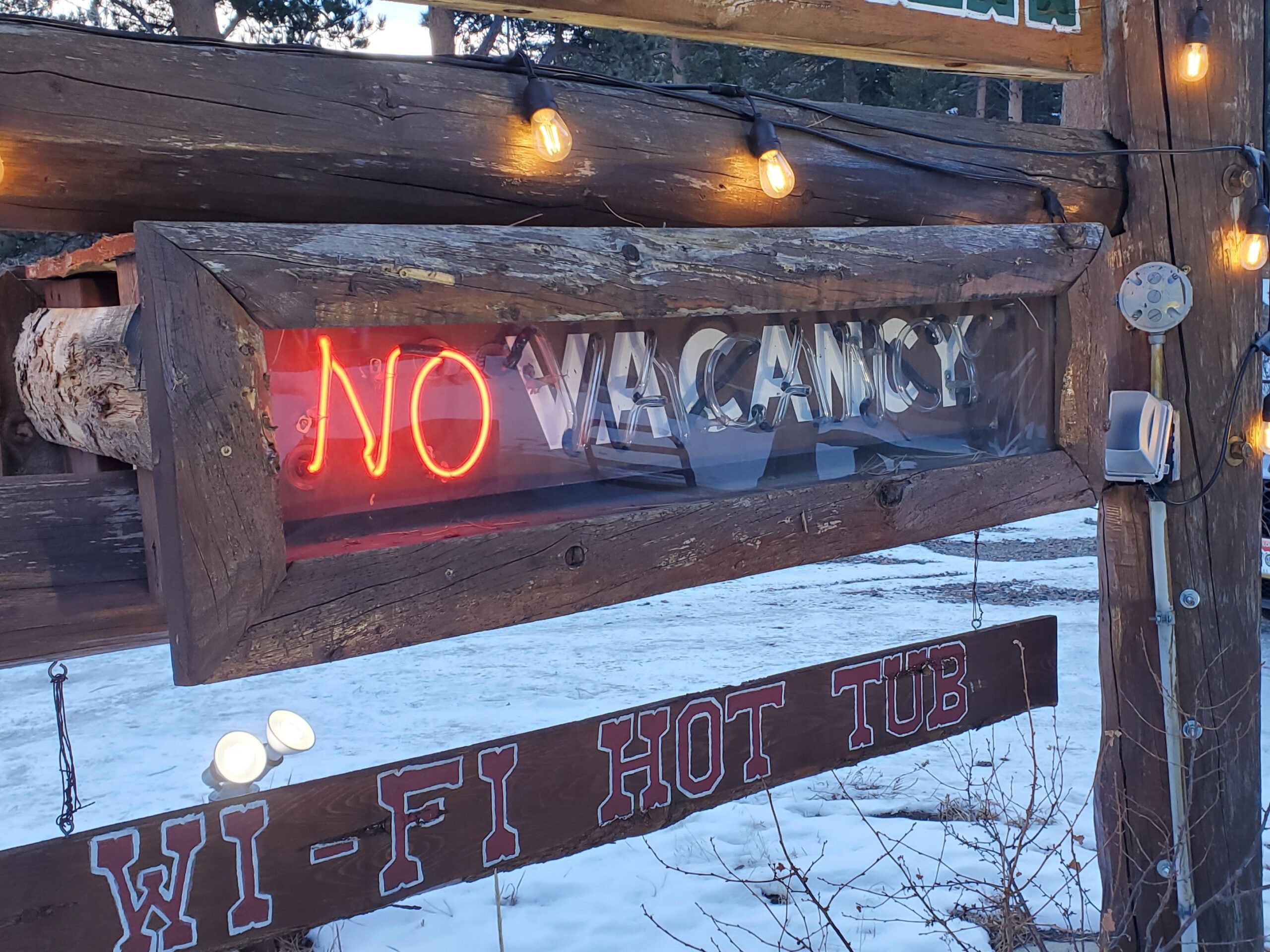Density key to affordability, construction execs say

BROOMFIELD — Despite the concept’s vocal resistance, increasing density is the key to making housing along the Front Range more affordable or at least attainable, construction-industry executives said this week.
Gathering at the offices of accounting firm Plante Moran in Broomfield on Tuesday for a BizWest CEO Roundtable, they said legislation will help, but changing attitudes will help more.
“The writing’s on the wall, especially in Boulder County,” said Lance Cayko, co-owner of Longmont-based F9 Productions Inc. “I love open space, but I don’t like politicians that speak out of both sides of their mouths about it. We need the open space, we want to protect our agricultural communities. I love that. But then they go, ‘We want affordable housing.’ In Boulder County, we have all of these landlocked cities now.
“We really have to start saying Yes In My Back Yard,” Cayko added.
Scott Rodwin, principal of Rodwin Architecture, said everything from additional dwelling units to conversions should be on the table.
“The missing thing is to promote the YIMBY advocacy that will get people realizing that densification can be done sensitively, whether it’s through ADUs or turning individual single-family homes into triplexes. And not that it’s going to take away from quality of life, but it’s going to substantially add both the quality of life and also to our economic stability.”
“ADUs are going to become the next wave,” Cayko said. “I’m excited about that; we’re going to get more dense in Colorado.”
Rodwin echoed the debate happening in nearly every city council and planning commission in the Boulder Valley and Northern Colorado: the need for housing in the “missing middle.” It even affects his projects, he said.
“We’re having to go further and further afield to find the people to build the projects we’re doing because they can’t afford to live here any more,” Rodwin said. “So if we can create more of that missing middle, it benefits everybody at every level.
“There’s an attitude shift that has to happen, where we realize that, yes, we’d love to have a single-family home, but realizing that if everybody feels that way, we will not have housing for the teachers, the firemen — and, frankly, architects and builders,” Rodwin said. “We need to create so much more volume. We need to throw everything at this problem including the kitchen sink. Every kind of housing. There’s effectively no bad kind of housing. We have to create more of all of it in order to get out of this incredible deficit.”
That even applies to office buildings that never were refilled to capacity after the COVID-19 pandemic taught businesses and employees alike the convenience and economy of working from home.
“If you’ve got 30% vacant office space and you’ve a huge need for housing, it makes sense to try to convert into housing,” said David Biek, principal at Arcadea Architecture.
“The missing middle is the most important sector,” Rodwin said. “We actually do a pretty good job of affordable housing. There’s lots of big affordable-housing projects that cities are initiating and building like crazy. High end will always take care of itself. But the townhomes, the condos, the duplexes, the quadplexes, that is what is missing in almost every city.”
Rodwin recounted a trip to a Denver Broncos football game last year in which he caught a Regional Transportation District commuter train from the Sheridan park-and-ride along U.S. Highway 36.
“That neighborhood was exploding,” he said. “There were all these 60-year-old single-family homes that were being scraped and replaced with triplexes. The neighborhood was vibrant and just popping up like crazy, and with pretty decent architecture. It was really interesting how they tripled the density, improved the architectural quality and really activated the neighborhood all at the same time.”
Lobbying the state Legislature through groups such as the American Institute of Architects has been a vital tool in clearing some roadblocks to densification, Rodwin said.
“They have been all hands on deck to try to get everyone to understand that housing is in such short supply and that providing a greater pipeline is the No. 1 priority, the most important thing to decrease the price of housing and make it more available,” he said. “There aren’t enough houses, and the houses we have are too expensive.”
Condominiums that a resident can own and build equity are a vital piece of the puzzle, the builders said, adding that legislation such as the Construction Defect Action Reform Act has hindered their construction. Adopted in 2001, the act was intended in part as a buffer against frivolous lawsuits, but was later amended and wound up unleashing litigation over builders’ minor defects.
“Unless we unlock the condo part of it, we’re in big trouble,” Cayko said. “There are a lot of young people that are coming in, highly educated, and they’re ready for that sort of semi-urban/urban lifestyle where they can have low maintenance and go enjoy the mountains. They can get the best of both worlds in Colorado.”
Cayko said he was surprised to discover that such laws are even tighter in Colorado than in California.
“In California, you have to prove damage,” he said. “In Colorado, you can just accuse that damage will happen.”
Developers, he said, “want to build condos. It’s a dense product. You can scale the whole thing. There’s a repeatable form. Architecturally you can do some interesting things. We used to do a ton of those back in the day. I would love to have more condo projects coming through my door.”
High interest rates have exerted downward pressure on housing construction but supplied renovation work, Cayko said.
“A lot of families have a lower interest rate, and want to stay where they are,” he said. “And a lot of young families are saying, ‘We don’t want to move, we love our neighborhood.’ So instead, they’re creating ADUs and bigger space. It’s continued beyond just the work-from-home driver.”
That phenomenon has proved to be an obstacle for construction companies in bringing in the talent they need to complete a project, said Alex Koenigseker, controller and part owner at Longmont-based Sun Construction & Design Services Inc..
“There’s a continued need for more skilled project management, more skilled labor, more skilled subcontractors,” he said. “It’s been affecting us in talent acquisition, where usually we have a rotation of people coming into the Front Range and looking for work. That’s somewhat stopped now that 70% of mortgages are locked in at sub-3% rates the past three years, so no one wants to move.”
Cayko equated the phenomenon to that of “golden handcuffs,” financial incentives given to employees to discourage them from leaving a company.
“Right now, if interest rates are in the 7%s, or they have been in the 8%s, and they drop down into the 6%s or get down to 5%s, it sounds like you’ve still got those golden handcuffs,” said Aaron Spear, market president of Bank of Colorado. “But do you? Not necessarily, because your wages probably went up. Your purchasing power went up. When those rates drop, I think we’re going to see another boom. And you’ve probably built up some equity because real estate’s a good accessible in an inflationary environment.”
An equivalent of the “missing middle” even exists in commercial building projects, said Koenigseker.
“We’ve seen quite a bit of demand” for such projects, he said, “but we don’t see the in-between. You’re either going to get medium-size tenant improvement or you’re going to get a very large facility built out. You rarely get the smaller buildouts, ground-ups with land acquisition and then the whole development process right now. I think it’s because of the interest rates, and people just can find solutions with the existing spaces that are out here.
“A lot of what we’re seeing is renovation of existing facilities, a lot of TI refinishes, a lot of office space being renovated into lab facilities,” he said. “We haven’t seen a whole lot of ground-up projects. Usually it’s because the development fees are so expensive with these municipalities right now.”
Government can be a help as well as a hindrance, the executives said.
“There’s a lot of government funding coming around for us,” Koenigseker said. “If you partner with business-development groups in the local municipalities, they’re working really hard on some really special incentive programs for either out-of-state businesses or existing businesses to expand. Maybe it’s local robotics groups that are a startup and are now looking to expand into a new facility.
“A lot of the work we do is related to some of the government funding coming down, like the CHIPs Act and Inflation Reduction Act,” Koenigseker said. “Along with that, it’s been very heavily advertised that Colorado’s life-sciences sector is booming, so we’re seeing a large influx of larger general contractors coming into the area. It’s good for competition, and it’s good to prove that this is a great place to be for construction and for life sciences, and it brings some real development.”
Some parts of the commercial construction market will always be stable but face challenges, he said.
“When people are either expanding or extending new processes in existing facilities, we’re always going to have these electrical upgrades,” Koenigseker said. However, “we’re always going to have an additional ‘scope creep’ on a project that comes out of nowhere that kind of clogs up our pipeline. We have so much pre-construction going on in the first quarter and then none of it’s going to hit until the first quarter of 2025. You can get the projects in the door, you can get pre-construction done, and then you wait, and you procure, and you sit. That’s hard for some of the clients, especially with some of the pricing holds. It’s leveled out a little bit more, but we’re getting used to people asking 60, 90, 120-day pricing holds before bid selection, which is unusual but it’s becoming quite a bit more common.”
Inflationary pressures have been tough, agreed Alex Molkentin, general contractor at Lyons-based Fernhill Build Studio LLC.
“Looking at 4% and 8% price increases, those costs are real,” he said. “When you consider the low margins of the industry as a whole, 4% to 8% makes or breaks a project.”
Builders are reluctant to sign fixed-price contracts, said Brandon David, president of Boulder-based Skycastle Construction.
“We prefer to lock in our fixed costs on the parts where we actually get bids for labor and material, because then the client’s not involved in the sausage making,” he said. “But then for the allowances and the finishes, those are still things that are fluid. That’s where we want them to focus their energy anyway.”
Bringing in the general contractor early always benefits the project,” noted Rodwin. “The earlier you get the GC in, the more information the client has about cost and schedule up front, and the more guidance the GC can provide the design team to help keep the project on track throughout.”
Spear agreed that commercial construction is “an area of the market that still has some legs in it. Even though interest rates are higher, I’m seeing projects are penciling on the construction side pretty well right now.”
For single-family home construction, Spear said, “you look at cash flow of the borrower, and they don’t have as much borrowing power because rates are higher and their wages haven’t caught up. But the other side of inflation is that everything goes up, not just the interest rates. And as the wages go up and inflation actually ticks back down, those same folks, whether they’re consumers or they’re businesses, will have more purchasing power. Then those rates drop.”
David and Koenigseker echoed optimism for the future.
“Subcontractors are reaching out to contractors and builders and saying, ‘Hey, what have you got?’ They’re willing to drive farther. They’re willing to be more competitive with their numbers,” David said. “During COVID and after the Marshall Fire, you would see subcontractors that were trying to take advantage of the market, kind of testing how much money they could make, and that has seemed to relax.”
“There’s a lot of opportunity out there,” Koenigseker said. “There’s a ton of commercial, TI, ground-up facilities that are coming onto the marketplace.”
Concluded Spear, “A bull market climbs the wall of worry. Right now we’re at that equilibrium point where rates are kind of stable, high but stable, and construction costs are high but stable. It’s interesting to hear that the subs are showing up to make bids again.”
Also attending the Roundtable were representatives of the Roundtable’s sponsoring organizations: Ashley Cawthorn and Larry Myers of Berg Hill Greenleaf Ruscitti LLP; Spear and Jon Svoboda of Bank of Colorado; and Sean Nohavec, Daulton Schmitt and Jeremy Wilson of Plante Moran.
Despite the concept’s vocal resistance, increasing density is the key to making housing along the Front Range more affordable or at least attainable, construction-industry executives said this week.





